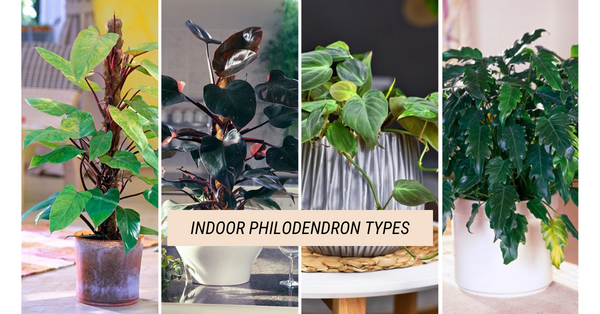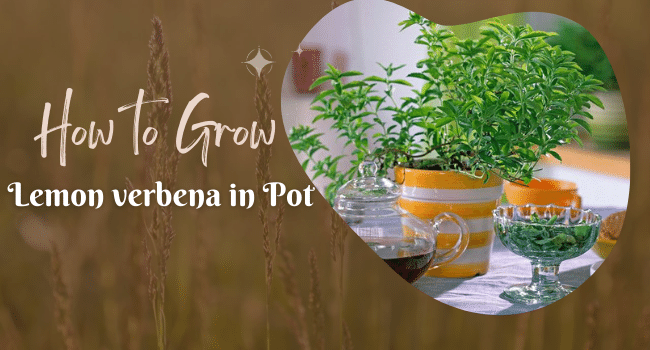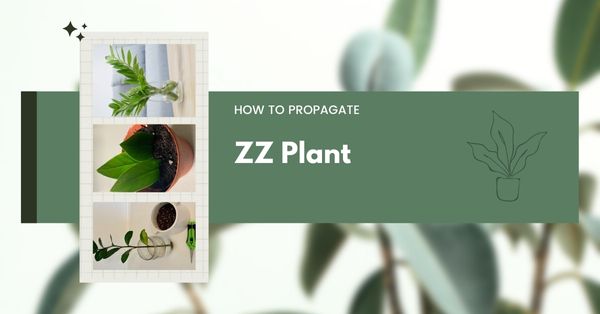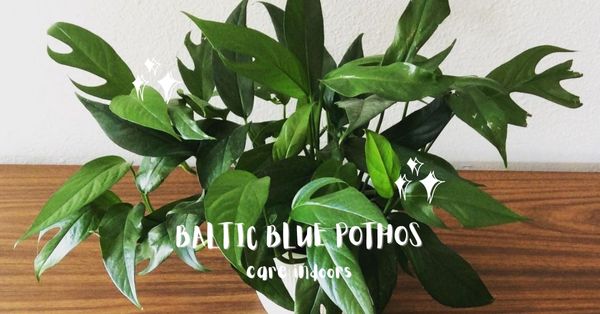How to Grow Norfolk Island Pine in Container | Norfolk Pine tree Care
Learn how to take care of Norfolk Island Pine and keep it thriving even after Christmas is over. We have a detailed guide on the care requirements of Norfolk Island pine.
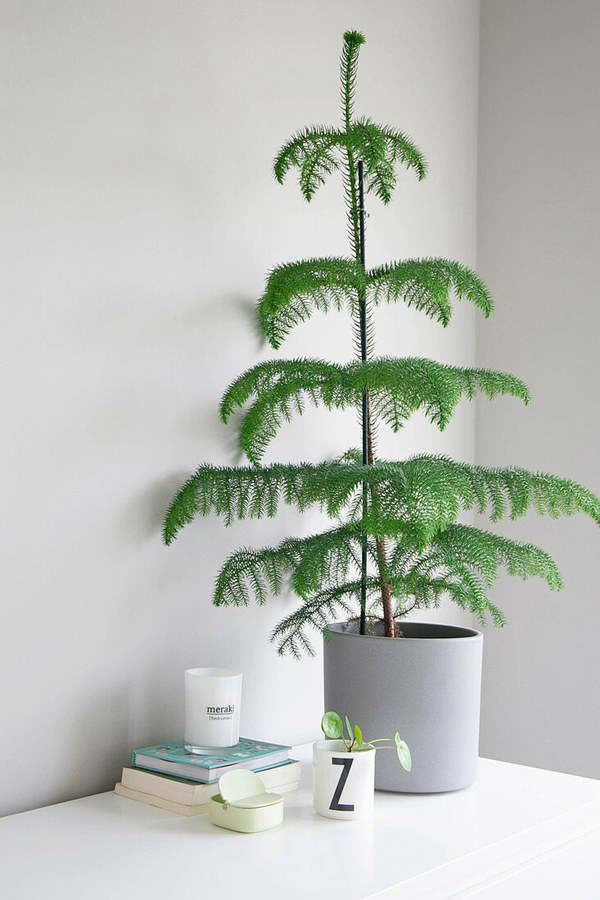
Botanical Name: Araucaria heterophylla
Common Names: Norfolk pine, House Pine, Norfolk Island pine, Australian pine
With Christmas festivities going on all around, you must be on the lookout for houseplants for Christmas. Norfolk pine tree is a tropical conifer that resembles a miniature Christmas tree and is a must-have plant during Christmas. Straight trunk and symmetrical branches make the Norfolk pine tree stand out in indoor and outdoor spaces. Growing Norfolk Island pine indoors in the Container is not difficult, and with proper care, they continue to thrive year after year, becoming your constant Christmas companion. We discuss all there is to know about growing Norfolk Island pine in Container.
How to Grow Norfolk Island Pine tree in Container
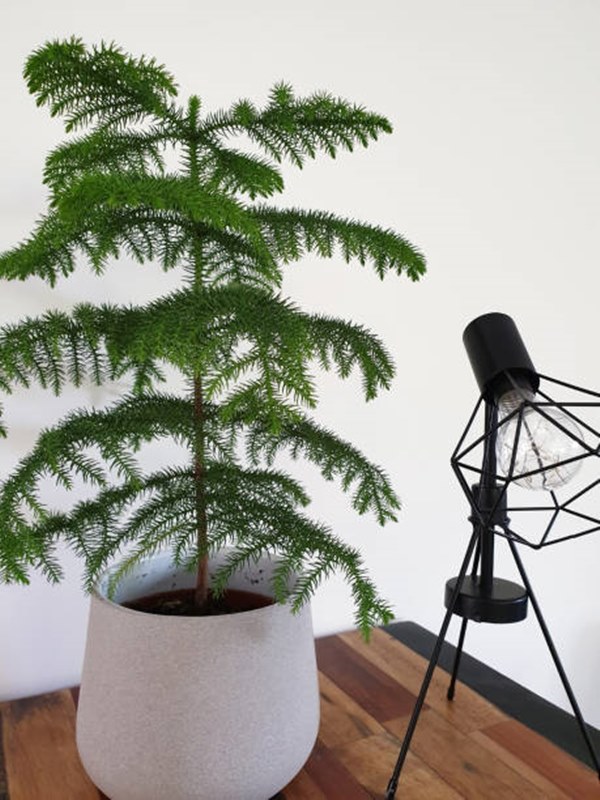
Norfolk pine is very forgiving, so even if the conditions are not ideal, it’ll hardly show any signs of distress. You can place the pot both indoors and outdoors but make sure to move back the plant in when the temperature falls below 50 degrees F. It loves to bask in the sun but can tolerate low lighting as well. If you plan to locate it indoors, make sure to go for the size that’s well-suited for your living space.
Propagate Norfolk Island Pine
You can propagate Norfolk pine by planting seeds, but usually, home growers tend to buy the houseplant from the nursery. You can choose to grow it from seeds, but it’s going to take a lot of time. Also, propagation from cutting can potentially kill the plant or make it lose its symmetrical shape. All in all, the best bet to grow Norfolk pine tree is by getting from a garden center or nursery.
Re-potting
Frequent re-potting Norfolk pine is unnecessary as it’s a slow grower, but you need to re-pot once it becomes pot-bound. You’ll know it’s time to report when the roots start to come out from the drainage hole. Choose a pot that’s one or two sizes large than the current pot and fill it with fresh potting mix for planting. Spring is the best time for re-potting, whereas avoiding re-potting in winters at all costs.
Location
Ideally, the Norfolk pine tree prefers full sun, but the good news is that it can go for months in the shade without showing any signs of distress. Try to place it near a well-lit window or any other spot in the home with adequate lighting. After winters are over, you can place the pot outdoors where it gets to bask in the sun.
Soil
Porous, sandy, and slightly acidic potting mix that drains well will work best. If the potting mix lacks porosity and acidity, add peat moss and sand to the mix. As the peat breaks down, it makes the soil more acidic, creating ideal conditions for Norfolk pine.
Watering
Watering once or twice a week will suffice as it’s drought tolerant and can tolerate dry spells. Ideally, you should allow the soil to dry out a little before watering again. Water at the base and let the excess water drain out from the bottom of the pot.
Temperature and Humidity
Temperature ranging from 65 to 80 degrees F are suitable, but it can also tolerate slight variations. It won’t survive in temperatures below 35 degrees F, so move the pot indoors in cold winters. Raise the humidity levels by misting around the plant or placing a pebble tray filled with water near the plant. You can also install a humidifier if the air is too dry.
Norfolk Island Pine Care
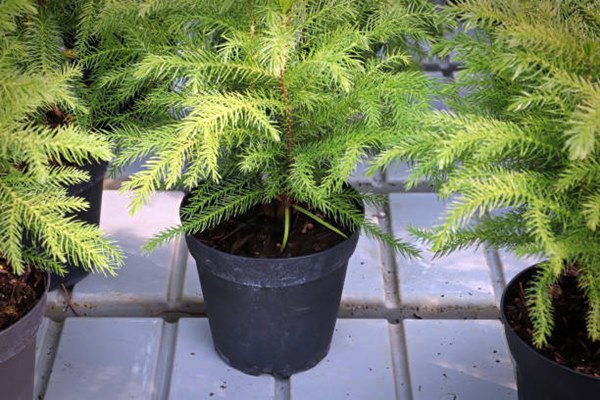
Fertilizing
Norfolk pine isn’t a heavy feeder, so it is best to fertilize with a weak liquid fertilizer or liquid fertilizer diluted half to its strength. The ideal time to fertilize is in the growing season, which is spring and summer. It’s advisable to avoid fertilization if there isn’t adequate lighting to prevent leggy growth.
Pruning
Apart from occasional trimming of the dead and browning lower branches, regular pruning isn’t necessary. Avoid trimming the top as it makes the plant lose its evergreen look, although it won’t affect the plant’s health. Lighter side trimming to keep the plant in shape can do wonders.
Pests and Diseases
Aphids, mealybugs, scales, mites, and whiteflies are some common pests that cause damage to the Norfolk pine. Get rid of them by spraying neem oil or soap solutions over the foliage. Some fungal diseases such as root rot or anthracnose can damage and eventually kill the plant and are caused due to overwatering.
Norfolk Island Pine Tree Toxicity
As per ASPCA, Norfolk pine is not toxic to cats and dogs, so you can safely keep it indoors. So, grow Norfolk Island pine without the fear of it causing any harm to your beloved pets.
